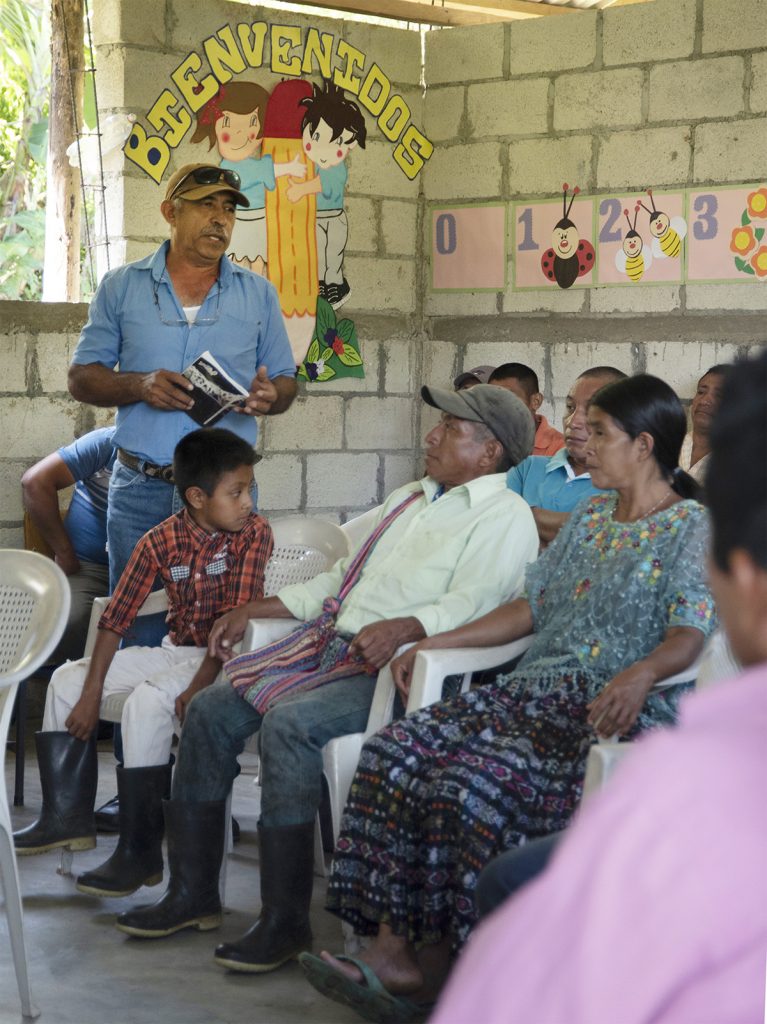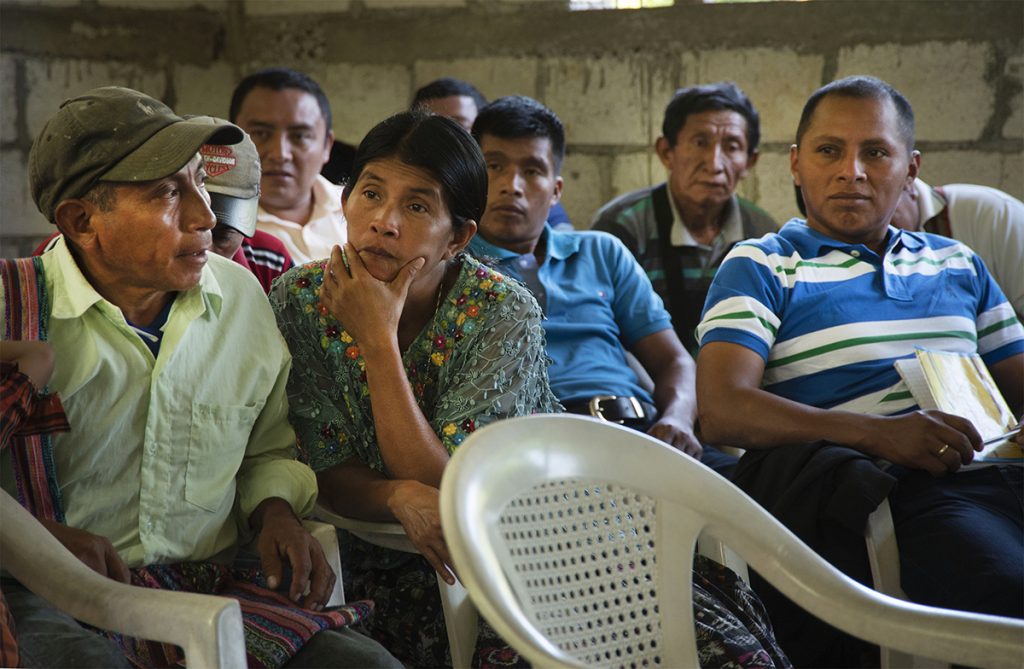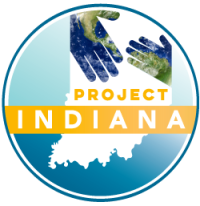Making connections: Project Indiana is more than just connecting power lines

In 2012, when Project Indiana first put the boots of Hoosier electric cooperative lineworkers on the ground, up the poles and into the clouds in Guatemala, it was to connect poor rural villages to electricity. And while that was a major first step in creating new hopes and dreams for the villagers, it was just the first step.
After that first trip, Project Indiana, which evolved into a non-profit organization, quickly realized that simply giving a proverbial fish to people in areas of such pervasive poverty and limited education wasn’t going to be enough nourishment to sustain prosperity. In the places where poverty has no end and wealth has no beginning, other connections were needed to help the villagers succeed.
“We are connecting them to resources, too,” said Jennifer Rufatto, former executive director of Project Indiana.
Project Indiana, along with the National Rural Electric Cooperative Association, has helped start two electric cooperatives in the western mountainous areas of Guatemala where Indiana lineworkers first brought electricity in 2012 and again in 2017. A third cooperative is in a formative stage in the village in eastern Guatemala where a volunteer crew from Project Indiana was dispatched in 2015. Project Indiana’s fourth building project was in eastern Guatemala in the spring of 2019. That village joined a small utility that had been serving 12 others for about 10 years.
“They are in the process of getting their systems more developed and learning how to run an electric utility,” Rufatto noted. “They are progressing.”
As cooperatives do worldwide, following one of the seven international “cooperative principles” of business, the American electric cooperatives cooperate with other cooperatives. “Since bringing them electricity,” Rufatto added, “there is an accountability on our part to help them now grow and succeed. We have provided training and connected them with training within Guatemala.”
She noted the systemic lack of education in the rural areas makes it harder to just come in, build power lines, and move on. “So many of the people there have just a sixth-grade education, and they’re trying to work with bylaws.”

During the 2019 Project Indiana build in San Jacinto, Ron Holcomb, a Project Indiana board member and CEO at Tipmont REMC, recognized some of the issues in sustaining the utility San Jacinto was joining. He set up a short “Electric Utilities 101” course at a small church/school campus on a Saturday morning and invited community representatives that make up the electric utility — Farmer’s Development Association Las Conchas. About 35 people from the association along with interested consumers showed up on the sunny morning.
In the course of the three-hour class, slowed by the translation from English into Spanish and the Mayan dialect called Q’eqchí, which is the main language spoken in the area, Holcomb outlined how electric cooperatives work in the U.S. He noted running a utility is a capital-intensive job that requires securing financing, growing the number of consumers, and setting rates appropriate to maintain the assets and infrastructure. He also explained the need for a backup power supply in case their only generation source, a small hydroelectric generator provided by Japan’s international aid program in the late 2000s, would fail.
“Someday, we want to come to Guatemala to drink cervezas with you. We don’t want to keep coming to build power lines,” he quipped.
“Building poles and wire is just the beginning. They have to run a sustainable utility,” he said later. “But I can’t teach them what they need to know in three hours.”
Holcomb and Rufatto returned to Guatemala in November 2019 to continue training the leaders of the communities where Project Indiana had been. They also met with and established contacts with Guatemala’s president-elect and other new leaders following the country’s fall election to discuss power supply, financing, and Project Indiana’s commitment to the people of rural Guatemala.
The chief power supplier in the country, which spans the isthmus of Central America south of Mexico and is just a little over the size of the state of Ohio in area, is a government-owned and operated utility.
Rufatto noted some remarkable things are occurring, especially at the Agua Dulce cooperative which was created by folks in several small communities where lineworkers from Indiana and Arkansas built power lines in 2017.
Much like the electric cooperatives in the U.S., the cooperative leaders there realized the growth of their cooperative depends on a strong community.
“When they got together and started having conversations as an electric cooperative, they realized there are other things they need to help their village grow,” Rufatto said. “Education is a big piece of that puzzle.”
The only school in their villages taught students to sixth grade. The cooperative established a new secondary school that would take students to ninth grade. That school opened earlier this year.
From that connection, two girls from a village the cooperative served were selected to attend the World Villages for Children’s Girlstown, a boarding school in Guatemala City, that will educate them through high school. “The desire from this particular program is these students will get an education and then go back to their villages to make the village better,” Rufatto said. “That’s huge.”
In the other villages where Project Indiana has worked, progress is beginning. Around Sepamac from the 2015 build, a new road in town has been built and new stores have opened and are prospering. At San Jacinto, vented cookstoves have arrived and have been installed in kitchens to replace open fire pits in the enclosed huts. The cookstoves were encouraged by Project Indiana for all the homes it wired in 2019.
Project Indiana is beginning to plan for its next trip, which will probably be in the fall of 2021.
“We are committed to the success of the electric cooperatives in Guatemala,” Rufatto said. “It’s truly amazing and heartwarming to see Indiana’s electric cooperatives, and all the Hoosiers who support them, carry on this connection across the Gulf of Mexico to help good people make a better life for themselves in Central America.”
